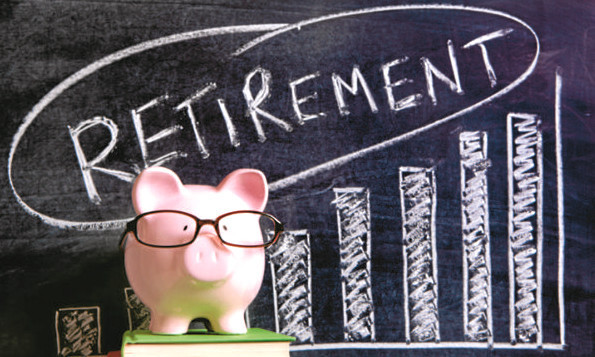
Women are still lagging behind men when it comes to saving for their retirement – but the gender gap is closing, research has found.
A Scottish Widows report reveals almost three-fifths (58%) of women in Scotland are saving adequately for when they leave work, higher than the UK average for women of 52%.
Despite that, they are still not level with Scottish men, 63% of whom were found to be saving well for later life.
Nevertheless, the gap has narrowed from the levels of 51% (for women) and 62% (for men) recorded last year.
Jackie Leiper, retirement expert at Scottish Widows, said: “It is encouraging to see that women in Scotland are doing so well in saving towards their retirement, but more needs to be done to combat the gender gap in adequate retirement savings.”
The figures highlight that self-employed and divorced women across the UK are slipping behind.
Just over a third (36%) of self-employed women are saving adequately for retirement compared with 47% of self-employed men.
Only 42% of divorced women in the UK are saving well, compared with 47% of men who have separated from their partners.
With 16% of women working part-time, a “significant proportion” could be exposed when it comes to saving for their retirement due to the fact automatic enrolment into a pension scheme is only triggered when employees earn £10,000 a year or more, the report warns.
Optimism levels are higher among Scottish women compared to the UK as a whole, but young women are the least optimistic about their retirement, the publication concluded.
Ms Leiper added: “More needs to be done to make certain that automatic enrolment does not marginalise female savers who may not qualify for the threshold.
“This means we need to engage innovatively with female millennial savers, who are just beginning to put money aside for their retirement.”
The Women & Retirement Report is based on an online sample of 5,151 adults, with 411 based north of the border.
The research was carried out in April, with the results published on Wednesday.
READ MORE
Women ‘effectively working for free until end of 2016 due to gender pay gap’
Study finds fifth of over-40s fail to discuss retirement money plans with partners

Enjoy the convenience of having The Sunday Post delivered as a digital ePaper straight to your smartphone, tablet or computer.
Subscribe for only £5.49 a month and enjoy all the benefits of the printed paper as a digital replica.
Subscribe